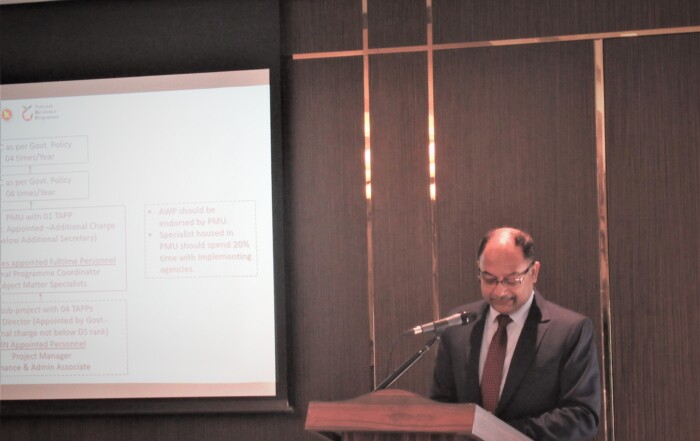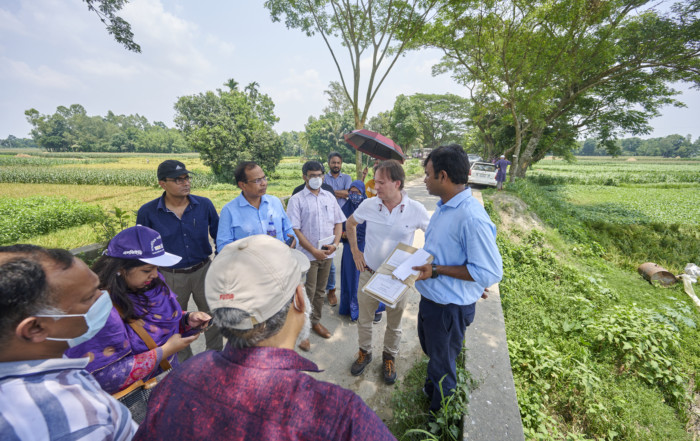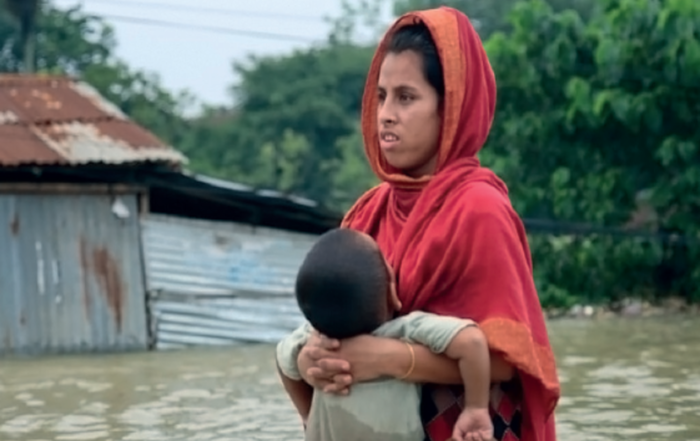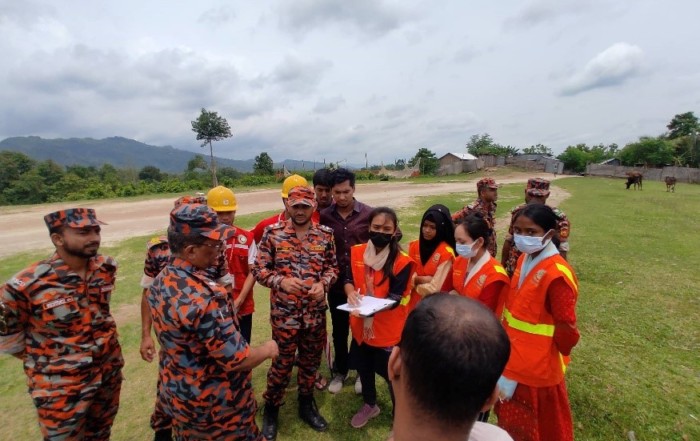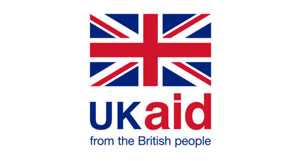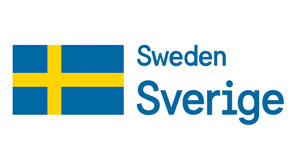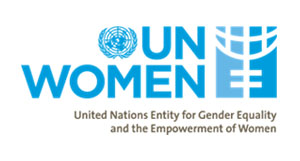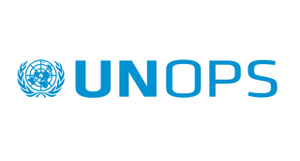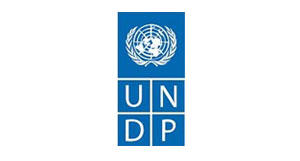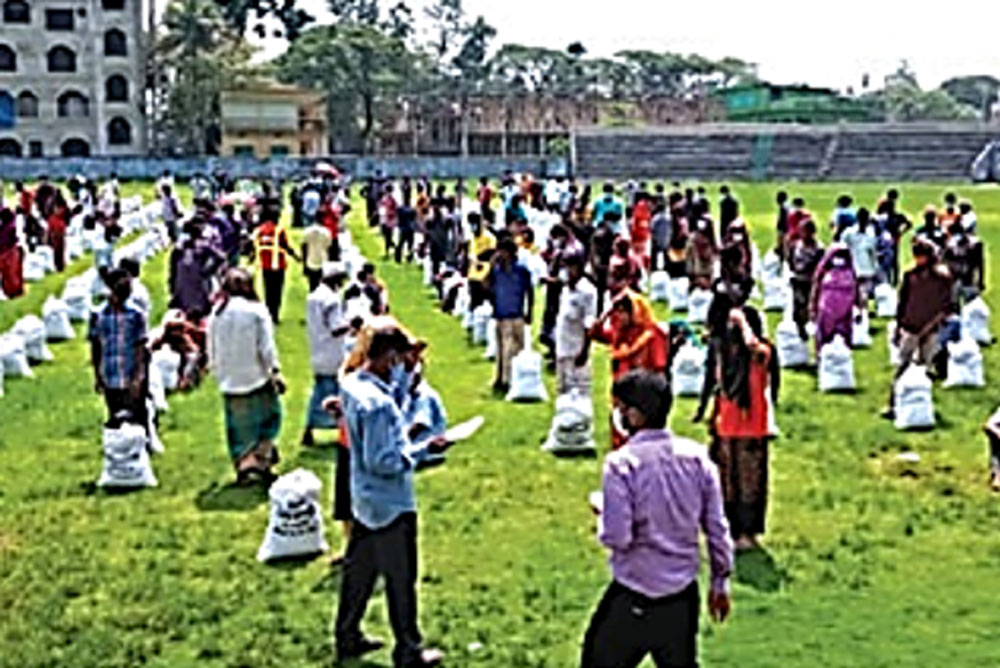
 young men and women with yellow vests are becoming ‘symbols of saviour’ among the general mass in urban areas. In the recent months they, as the ‘extended force of the city authorities’, got engaged in extinguishing fires, rescuing wounded personnel for treatment, providing food among the low-income people, alerting people about upcoming hazards, and disseminating COVID-19 awareness messages. In Tangail, during COVID-19 lock-down situations, volunteers served cooked food and masks to the low-income people.
young men and women with yellow vests are becoming ‘symbols of saviour’ among the general mass in urban areas. In the recent months they, as the ‘extended force of the city authorities’, got engaged in extinguishing fires, rescuing wounded personnel for treatment, providing food among the low-income people, alerting people about upcoming hazards, and disseminating COVID-19 awareness messages. In Tangail, during COVID-19 lock-down situations, volunteers served cooked food and masks to the low-income people.
Rangamati Pourashava is surrounded by many hills and lakes. Landslides are common in the monsoon. To avoid such incidents this year, the volunteers started working with the district administration and Pourashava before the monsoon started along with their proactive role in creating COVID-19 awareness. A total of 1500 such urban volunteers 40% are women have been trained through Fire Service and Civil Defense in the four cities to act as the ‘first line of defense’ for disasters like the earthquake.

- The National Resilience Programme (NRP) is a unique partnership between the Bangladesh government, the United Nations Development Programme (UNDP), UN Women, and the United Nations Office for Project Services (UNOPS) that provides strategic support in enhancing national capacity to keep pace with the changing nature of disasters.
- Bangladesh has a very unique geographical condition, tropical monsoon, flat topography and dense population that have made forever susceptible to the natural disasters. However, in recent years, Bangladesh has achieved tremendous progress as a nation and already been recognized as the Role Model of Disaster Management in the world.
- Also, delete the logo and make visible the outcome Button
- Footer part need to be connected.
- The programme is expected to contribute the following resilience dividends to human development in the country: (a) reduced impacts of disaster events in terms of loss of lives, affected population, economic loss, and damage to infrastructure, (b) inclusive, faster and resilient recovery of social and community functions, key services, and businesses, and (c) ensuring that development opportunities continue by reducing drivers of vulnerability and responding to changes and uncertainty.

